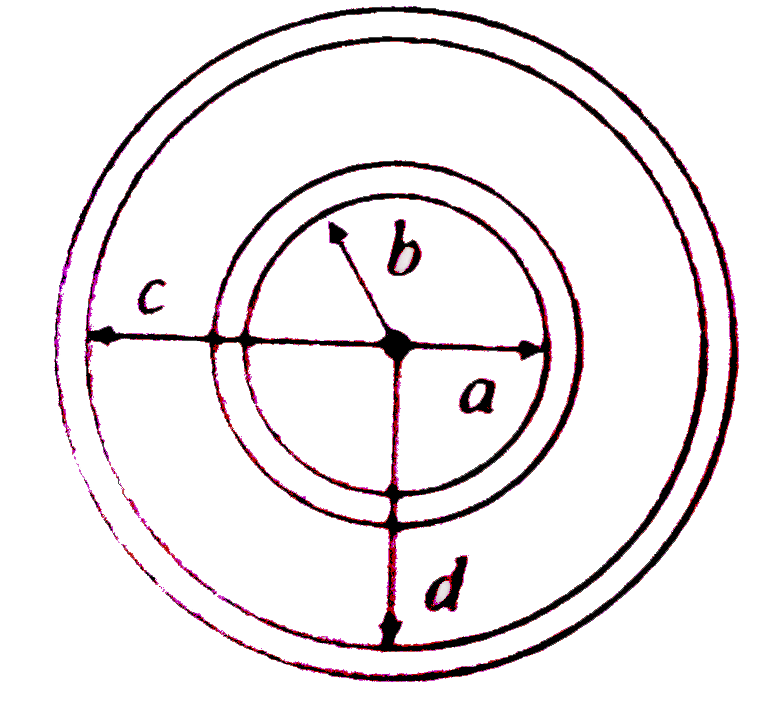The notch on the centre of inner concave surface of kidney is
The correct Answer is:Hilum
Step-by-Step Solution:
1. Understanding the Structure of the Kidney:
- The kidney is a bean-shaped organ that has an outer concave surface and an inner concave surface.
2. Identifying the Notch:
- On the inner concave surface of the kidney, there is a notch that serves as a passageway for various structures.
3. Naming the Notch:
- This notch is known as the hilum. It is the area where the renal arteries, renal veins, and ureters enter and exit the kidney.
4. Describing the Surrounding Structures:
- The outermost part of the kidney is called the cortex, while the inner region is referred to as the medulla.
- Within the medulla, there are structures known as medullary pyramids.
- The cortex extends between these pyramids, forming structures called the columns of Bertini.
5. Conclusion:
- Therefore, the notch on the center of the inner concave surface of the kidney is called the hilum.
Final Answer:
The notch on the center of the inner concave surface of the kidney is called the hilum.
---
- The kidney is a bean-shaped organ that has an outer concave surface and an inner concave surface.
- On the inner concave surface of the kidney, there is a notch that serves as a passageway for various structures.
- This notch is known as the hilum. It is the area where the renal arteries, renal veins, and ureters enter and exit the kidney.
- The outermost part of the kidney is called the cortex, while the inner region is referred to as the medulla.
- Within the medulla, there are structures known as medullary pyramids.
- The cortex extends between these pyramids, forming structures called the columns of Bertini.
- Therefore, the notch on the center of the inner concave surface of the kidney is called the hilum.
The notch on the center of the inner concave surface of the kidney is called the hilum.
Topper's Solved these Questions
- EXCRETORY PRODUCTS AND THEIR ELIMINATIONBOOK - ALLENCHAPTER - EXCRETORY PRODUCTS AND THEIR ELIMINATIONEXERCISE - Fill In the Blanks
19 Videos
- EXCRETORY PRODUCTS AND THEIR ELIMINATIONBOOK - ALLENCHAPTER - EXCRETORY PRODUCTS AND THEIR ELIMINATIONEXERCISE - Diagram Based Question
5 Videos
- EVOLUTION BOOK - ALLENCHAPTER - EVOLUTION EXERCISE - Question
46 Videos
- GENETICS BOOK - ALLENCHAPTER - GENETICS EXERCISE - Question
58 Videos
Similar Questions
which of the following statements about human kidneys are incorrect?
I. The cortex extends in between the medullary pyramids as renal columns called Columns of Bertini.
II. Inside the kidney, there are two zones, an outer cortex and an inner medulla.
III. Towards the centre of the inner convex surface of the kidney is a notch called hilum through which ureter, blood vessels and nerves enter.
IV. Human kidneys extend from the 12th thoracic vertebra to the 5th lumbar vertebra.
(a) I and III
(b) II and IV
(c) III and IV
(d) I and II
View SolutionKidneys
View Solution
Knowledge Check
Consider the following statements each with one or two blanks.
(i). Towards the centre of the inner concave surface of the kidney is a notch called (1) through which ureters, blood vesels and nerves enter.
(ii). The medulla of kidney is divided into a few conical masses called (2) projecting into the (3).
(iii). Glomerulus is a tuft of capillaries formed by the (4). artery. Blood from the glomerulus is carried away by an (5) artery.
Which one of the following options correctly fills the blanks in any two of the statements?A(1)-renal pelvis, (2)-calyces,(3)-medullary pyramidsB(2)-medullary pyramids, (3)-alyces, (4)-afferent, (5)-efferentC(2)-columns of bertin, (3)-chordae tendinae, (4)-efferent, (5)-afferentD(1)-filum, (4)-efferent, (5)-afferentA notch present on the inner medial side of kidney is option
AureterBpelvisChilusDpyramid.
Inner zone of kidney is known as
View SolutionFind the focal length of equivalent mirror if concave surface of a plano concave lens is silvered. Radius of curvature of concave surface is R and refractive index of material of prism is μ.
View SolutionIn a multilocular ovary, ovules are borne on the entire inner surface. or the periphery. Placentation is
View SolutionIn the above example, if temperature of inner surface P is kept constant at θ1 and of the outer surface Q at θ2(<θ1). Then,
Find.
(a) rate of heat flow or heat current from inner surface to outer surface.
(b) temperature θ at a distance r(a<r<b) from centre.
View SolutionA small conducting spherical shell with inner radius a and outer radius b is concentric with a larger conducting spherical shell with inner radius c and outer radius d. The inner shell has total charge +2q and the outer shell has charge +4q.
(i) What is the total charge on the (a) inner surface of the small shell, (b) outer surface of the small shell (c) inner surface of the large shell, (d) outer surface of the large shell ?
(ii) Calculate the electric field in terms of q and the the distance r from the common centre of two shells for (a) r<a, (b) a<r<b, (c) b<r<c, (d) c<r<d, (e) r>d

View SolutionA small conducting spherical shell with inner radius a and outer radius b is concentric with a larger conducting sphereical shell with inner radius c and outer radius d. The inner shell has total charge +2q and the outer shell has charge +4q.
a. Make a plot of the magnitude of the electric field versus r.
b. Calculate the electric field (magnitude and direction in terms of q) and the distance r from the common centre of the two shell for (i)r<a,(ii)a<r<b,(iii)bltrltc,(iv)cltrltd,(v)rgtd.Showuourrest–∈agraphwithradialcompo≠ntofvecEasfunctionofr.
c. What is the total charge on the
i. inner surface of the small shell,
ii. outer surface of the small shell,
iii. inner surface of the large shell,
iv. outer surface of the large shell?
View Solution
